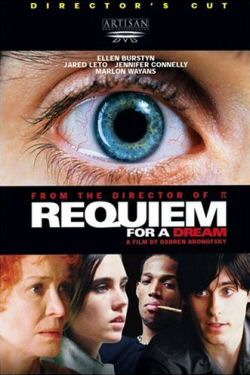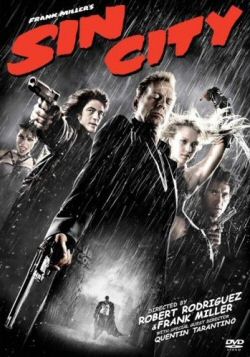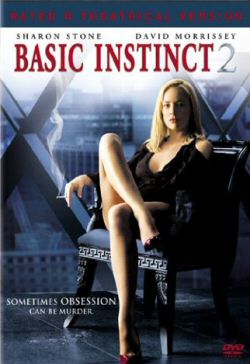 #221 at time of writing.
#221 at time of writing.Meh. This film is entertaining, I suppose. But top 250? Big meh.
I didn't engage with the characters, who were quirky for the sake of it. The set-pieces were terribly contrived. I felt like I was being unexpertly manipulated towards a squeeze of sentimentality. There was a devastating lack of originality (that beauty pageant scene was right out of Donnie Darko - now that's got originality! - and where have I seen the body-in-the-trunk gag before?).
Unmemorable. I'm disappointed that it's still on the top 250 so long after its release. Normally, when popular opinion so vehemently approves of a film that I didn't like, I'm tempted to give it a second chance. But in this case, I'm not sure I can be bothered.
An interesting aside - I always wondered what actors snort when they're supposed to be snorting cocaine on-screen. In this movie, Alan Arkin (playing Grandpa) snorted crushed up B-vitamins. Ew.















